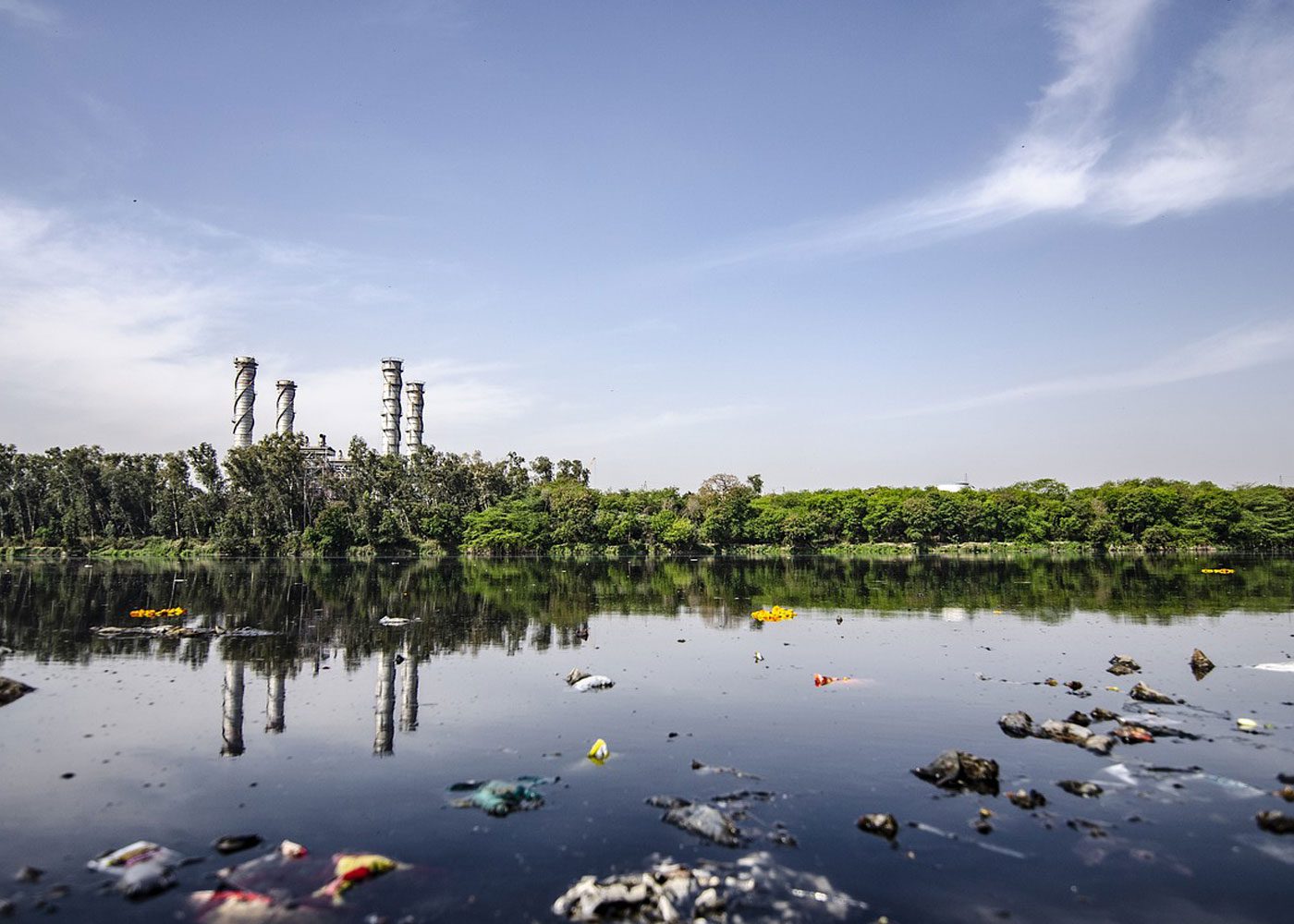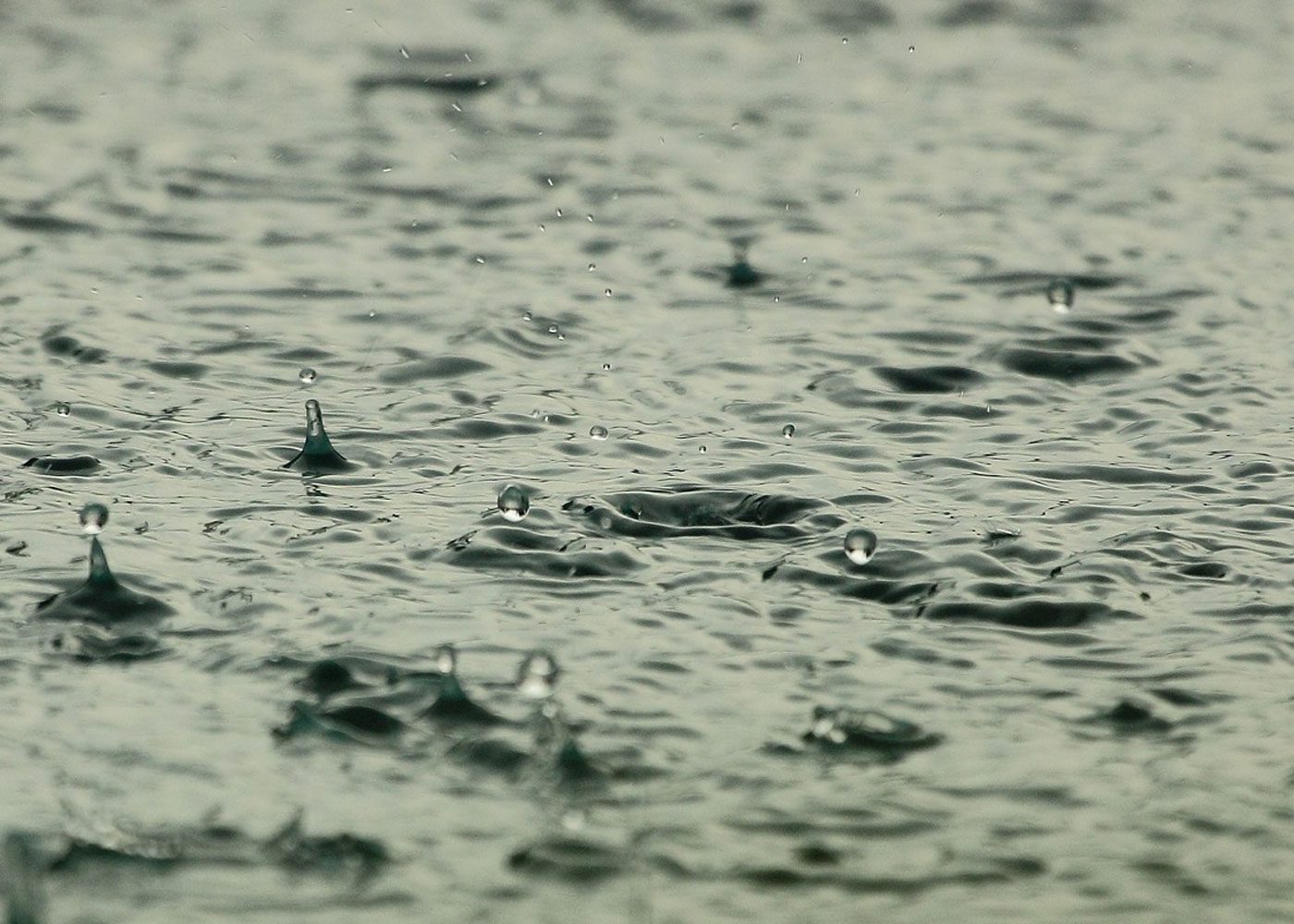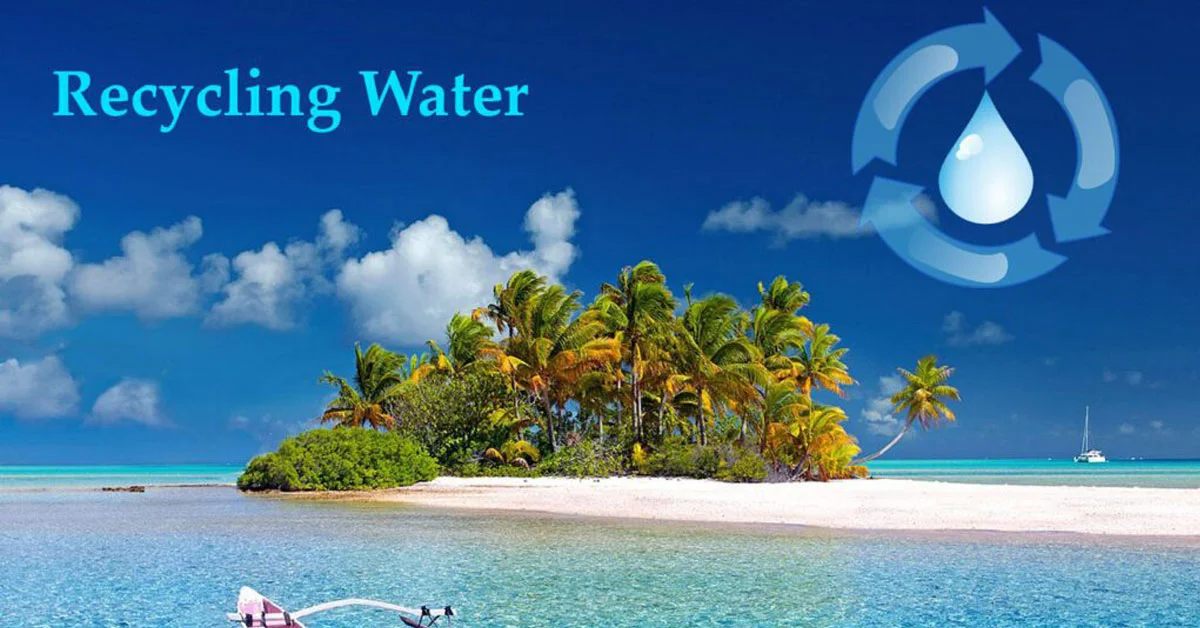Water Recycling:
Water recycling is the process of converting wastewater into water that can be reused for various purposes. It is a sustainable and environmentally friendly way to conserve water and reduce the demand for freshwater resources.
Waste Water:
Waste water is used water. It is a mixture of liquid and solid waste that is discharged from homes and businesses. Waste water contains organic matter, nutrients, and harmful microorganisms. It must be treated before it can be discharged into the environment or reused.

Purpose of Water Recycling
Water can be recycled for a variety of purposes, including irrigation, industrial uses, and even drinking water.
Water recycling helps to reduce pollution of freshwater resources, such as rivers and lakes.
It also helps to reduce the need for desalination, which is a costly and energy-intensive process.
Benefits of Water Recycling
Reduces freshwater withdrawal:
Water recycling can help to reduce the amount of freshwater that needs to be withdrawn from rivers, lakes, and groundwater aquifers. This is important in areas where water resources are scarce or under stress.
Protects the environment:
Water recycling can help to protect the environment by reducing the amount of wastewater that is discharged into waterways. This can help to improve water quality and reduce pollution.
Conserves energy:
Recycling wastewater requires less energy than treating and distributing freshwater. This is because wastewater has already been treated to some extent and does not need to be transported as far.
Saves money:
Water recycling can save money for both individuals and businesses. For example, businesses can save money on their water bills by using recycled water for non-potable purposes, such as irrigation or cooling.

Creates jobs:
The water recycling industry is a growing industry that creates jobs in a variety of fields, such as engineering, construction, and operations.
Primary Waste Water Treatment:
Primary wastewater treatment is the first step in wastewater treatment, where large solids and settle able solids are removed using physical processes. It is an essential step for protecting downstream treatment processes and reducing the amount of organic matter and nutrients that are discharged into the environment.
Primary wastewater treatment is an essential step in the wastewater treatment process, as it helps to prevent damage to downstream treatment processes and reduces the amount of organic matter and nutrients that are discharged into the environment.
Primary Treatment of Sewage:
Primary treatment of sewage is the removal of settle able solids and floating materials from wastewater. It is the first step in the wastewater treatment process and typically removes 25-40% of the suspended solids and 50-70% of the BOD.
Primary treatment of sewage is essential for protecting downstream treatment processes and reducing the amount of organic matter and nutrients that are discharged into the environment.
Rainwater recycling systems:
Rainwater recycling systems collect and store rainwater for reuse in non-potable applications, such as irrigation, toilet flushing, and car washing. These systems can help to reduce water consumption, conserve resources, and save money.
Rainwater recycling systems can be simple or complex, depending on the desired level of treatment and reuse. Simple systems may simply collect rainwater in a rain barrel, while more complex systems may include filtration, disinfection, and storage components.
Rainwater recycling systems can be installed in homes, businesses, and schools. They are a great way to reduce our impact on the environment and conserve our precious water resources.

Sewage Plant Treatment:
Sewage plant treatment is a process to remove contaminants from sewage to produce an effluent that is safe to discharge to the environment or reuse. It typically involves three stages: primary, secondary, and tertiary treatment.
Primary treatment:
Removes large solids and settle able materials.
Secondary treatment:
Uses biological processes to remove dissolved organic matter and nutrients.
Tertiary treatment:
Additional treatment to remove specific contaminants, such as phosphorus and nitrogen.
Sewage plant treatment is essential for protecting public health and the environment. It helps to prevent the spread of disease and water pollution.
Water filtration plants
Water filtration plants play a crucial role in ensuring the availability of safe and clean drinking water. These facilities employ a series of advanced processes, including sedimentation, coagulation, and filtration, to remove impurities and contaminants from the water supply. By effectively eliminating particles, bacteria, and harmful substances, water filtration plants safeguard public health and support communities. They adhere to strict quality standards and often incorporate cutting-edge technologies to enhance efficiency and sustainability. These plants are the unsung heroes of our water infrastructure, silently delivering the essential resource we rely on for our well-being.
Conclusion:
Overall, water recycling is a sustainable and environmentally friendly way to conserve water, reduce pollution, and save money. It is an important part of sustainable water management and will become even more essential in the future as the world’s population continues to grow and climate change puts increasing pressure on water resources.
Embracing eco-innovation, water recycling solutions breathe new life into conservation efforts, crafting a sustainable blueprint where every drop finds renewal and purpose.
Carbon Capture and Storage mitigates climate change by capturing carbon dioxide emissions, while Water Recycling conserves precious resources by treating and reusing water, promoting sustainable and responsible water management.
You can Follow us on Facebook , Twitter , Linked in , you tube , and instagram .

